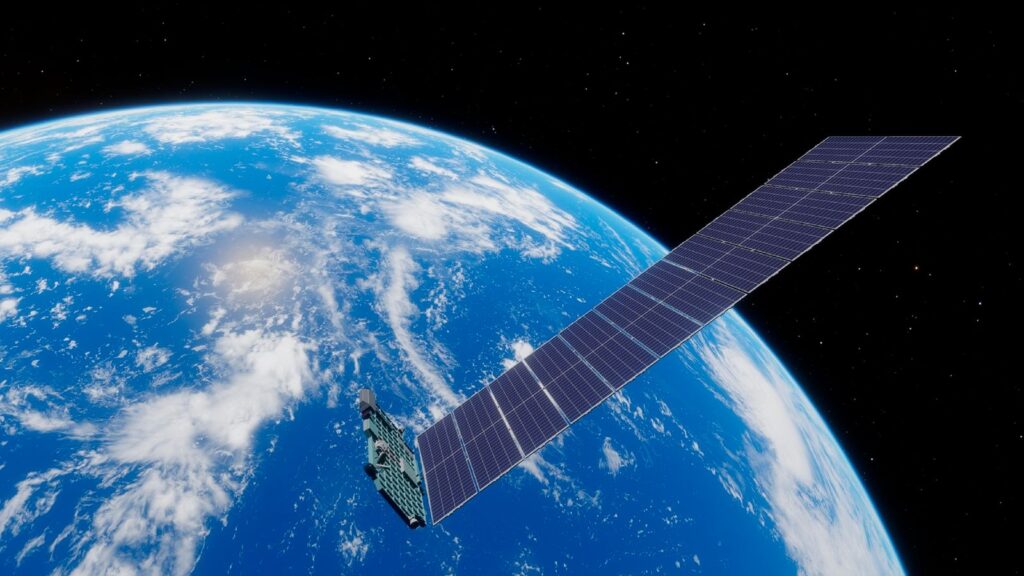Elon Musk’s satellite internet venture, Starlink, is aggressively pursuing partnerships with luxury airlines in a bid to revolutionize in-flight connectivity. The company aims to provide high-speed, low-latency internet to passengers in the air, tapping into a market that has long struggled with slow, inconsistent Wi-Fi services.
Starlink’s Ambitious Strategy
Starlink, a division of Musk’s SpaceX, has already disrupted terrestrial broadband markets with its constellation of low-Earth orbit satellites. By extending the service to commercial aviation, the company seeks to offer a faster, more reliable alternative to traditional satellite-based connectivity, which often relies on geostationary satellites situated tens of thousands of kilometers above Earth.
According to industry sources, Starlink is targeting premium carriers and private jet operators first, emphasizing the value proposition for high-end passengers who expect seamless internet access for work or entertainment during flights.
A Market Ripe for Disruption
In-flight Wi-Fi has historically lagged behind consumer expectations. Many airlines rely on geostationary satellites, which offer limited bandwidth and can be affected by weather or signal interruptions. For business travelers and luxury passengers, this often translates into slow downloads, spotty video streaming, and frustrating connectivity gaps.
Starlink’s network of thousands of low-Earth orbit satellites offers higher speeds and lower latency, potentially transforming the passenger experience. Analysts suggest that luxury carriers, eager to differentiate themselves, may be particularly receptive to the technology, which could enhance both brand perception and customer loyalty.
Potential Airline Partnerships
While no formal agreements have been publicly announced, Musk and his team have reportedly been in discussions with several high-profile airlines and private jet operators. Starlink’s approach includes not only hardware installation but also subscription packages tailored to airline needs, offering flexibility in pricing and service levels.
Luxury carriers could use Starlink to provide uninterrupted streaming, video conferencing, and real-time communication for business executives. Additionally, airlines could gain operational advantages, such as improved connectivity for cockpit systems, real-time weather updates, and more efficient flight operations.
Challenges Ahead
Despite the promise, the aviation rollout faces hurdles. Installing Starlink antennas on aircraft requires regulatory approvals from aviation authorities, as well as rigorous safety and interference testing. Airlines must weigh installation costs, subscription pricing, and maintenance challenges against potential passenger satisfaction gains.
There are also competitive pressures. Traditional satellite providers and emerging aviation connectivity startups are developing faster, more reliable solutions, meaning Starlink must prove it can deliver superior service at a competitive price point.
Broader Implications for Air Travel
If successful, Starlink’s entry into the airline market could reshape passenger expectations for in-flight connectivity. High-speed Wi-Fi may no longer be a luxury feature but a standard service for premium and business travelers. For airlines, offering reliable connectivity could become a key differentiator in an increasingly competitive market.
Beyond luxury carriers, Starlink could eventually expand to regional, long-haul, and low-cost airlines, further disrupting the aviation connectivity landscape. The company’s ability to scale while maintaining consistent quality will be crucial to long-term success.
Looking Ahead
Starlink’s push into in-flight internet is emblematic of Musk’s broader vision: leveraging space-based technology to solve terrestrial challenges. While the initial focus is on high-end travelers, the potential ripple effects across commercial aviation are significant.
As Starlink courts luxury airlines, the aviation industry may be on the cusp of a connectivity revolution, where seamless, high-speed internet at 35,000 feet becomes the new standard rather than the exception. For Musk, it’s another frontier in his relentless drive to disrupt industries and expand the reach of his SpaceX empire.



